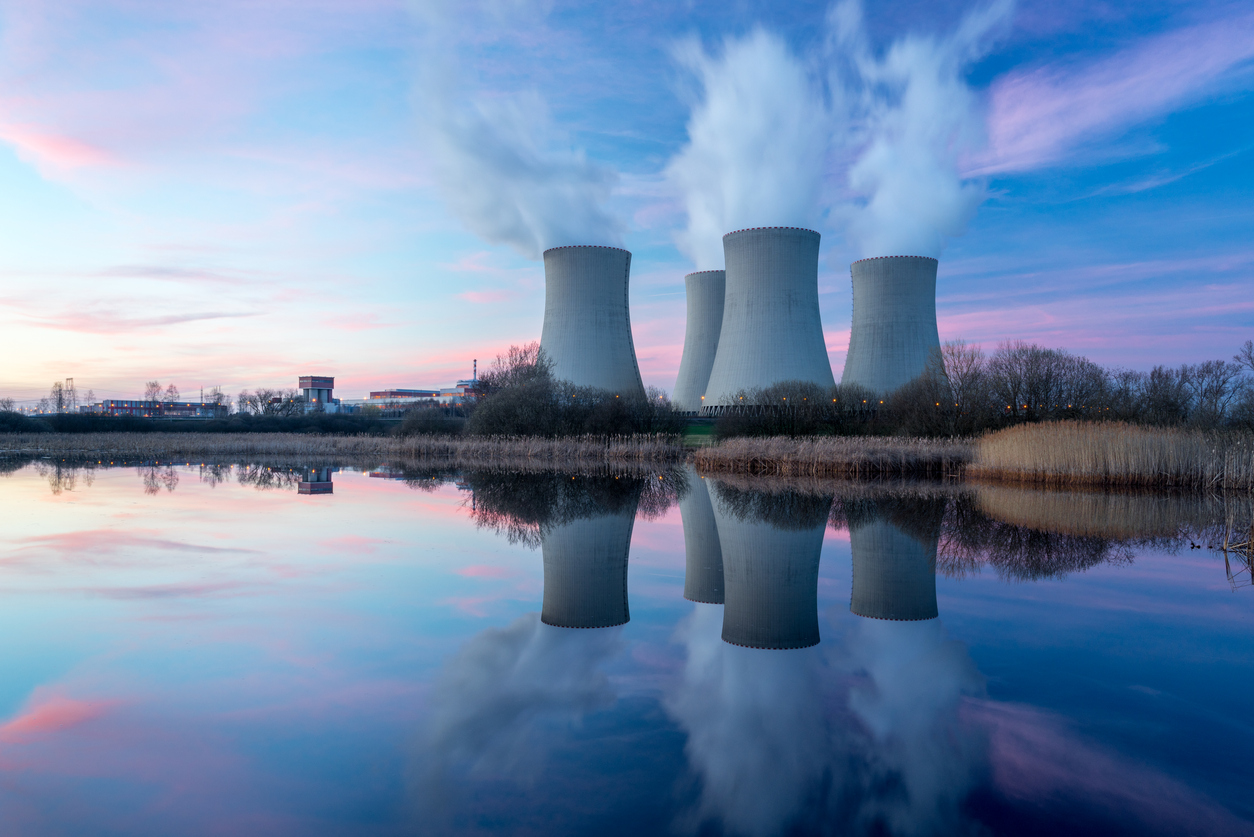
Kazakhstan, the world’s number one uranium producer, continues to produce and output uranium despite the ongoing protests currently happening within the Central Asian State. Risks remain, but the industry has remained largely unaffected by the unrest. Protests began due to fuel prices rising, and as a result of the unrest in the streets of Kazakhstan, uranium prices have also risen to the highest they have been since November 30., no there have not been any stoppages.
The price for the metal has been up and down over the past year, sitting around $30 per pound in August, then rising again towards the end of the year at $45 per pound in November before falling to $42 per pound by December. Currently, the price sits at 45.50 per pound, and could continue to rise on the basis of supply uncertainty.
Analysts at Canaccord Genuity commented in a note that they expect the market could see further upward pressure on uranium prices and equities until the situation in Kazakhstan starts to subdue and come to a stop.
The widespread uproar initially started as the price of liquefied petroleum gas (LPG), which many Kazakhs use to fuel their cars and get to where they need to go, began to rise. As time went on, politics were included in the protests such as criticizing Kazakhstan’s long autocratic rule.
The largest uranium producer in the world and Kazakhstan itself, Kazatomprom, has remained unaffected throughout the entirety of the protests, and output of uranium has continued as usual. Uranium mines in Kazakhstan are located in remote regions of Turkestan oblast, far enough away from the turmoil and protests that production is unaffected. As of January 6, there were no reports of the uranium workers joining the disruptions.
“Uranium mining is going according to plan there have been no stoppages. The company is fulfilling its export contracts,” a Kazatomprom spokesperson said.
Since the protests have begun, around 1,000 people have been injured, and dozens of anti-government protesters have reportedly been killed in Kazakhstan’s largest city Almaty. In order to help calm the protest, BBC news reported that president Jomart Toqayev dismissed his and Nursultan Nazarbayev cabinet, while also calling upon the Russian-led regional security organization CSTO to help restore order to the country.
Uranium from Kazakhstan accounts for 40% of the global uranium output, just under half of the entire world’s uranium supply comes from this Central Asian state. According to Kazatomprom’s website, the company’s production represented about 23% of global primary uranium output in 2020.
Uranium is mainly used for powering nuclear reactors which are used at nuclear power plants in order to generate electricity. It is a naturally radioactive element, is very heavy and is a silvery-grey colour. Uranium is such an important metal because it provides nuclear fuel which generates electricity in nuclear power plants. The power is generated by using heat to boil water and create steam, which turns huge turbines creating energy. A chemical process called nuclear fission creates the heat for the water to boil.
The continued unrest resulted in a hasty selloff of uranium stocks in Toronto on January 6, halting uranium equities rallying up until Wednesday. Canadian uranium companies also fell between 5 and 7% in the early morning trading on Thursday, including Cameco (TSX:CCO), Denison Mines (TSX:DML), and NexGen Energy (TSX:NXE).
Shares differ between uranium producers, for example Kazatomprom’s London-listed shares were down almost 5% on Thursday, while Cameco’s shares were up Wednesday, and have been on an upward trend of 12% in the year to date.
There have been no reported actions or sightings of the protests slowing or stopping, and as long as the disruptions refrain from spreading or include uranium plant workers, uranium output should continue as normal. If fuel prices begin to lower, protests could potentially slow down, and prices could start to slowly decrease.



 Follow us on Twitter
Follow us on Twitter Become our facebook fan
Become our facebook fan










Comments are closed.